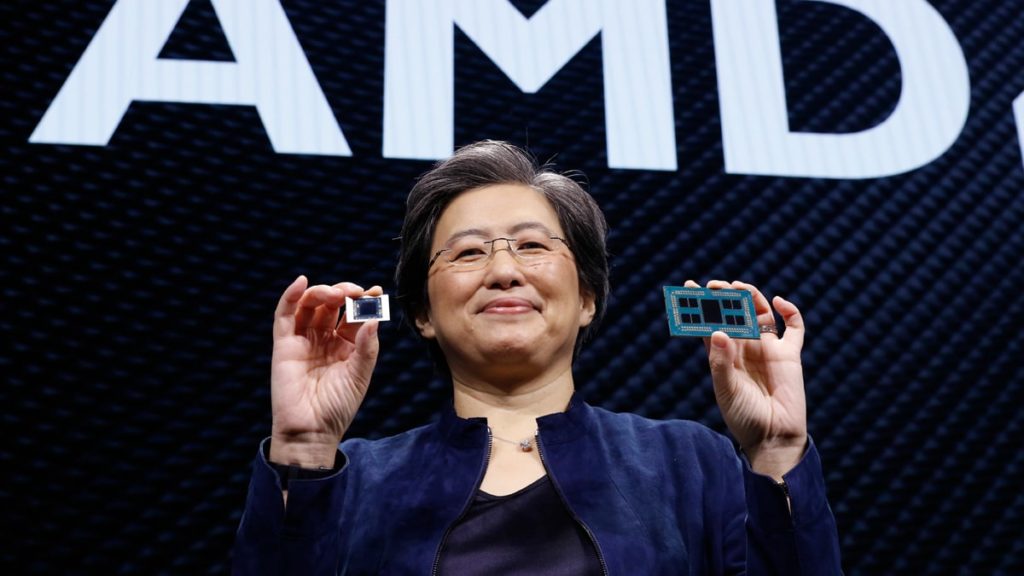- Joined
- May 6, 2019
- Messages
- 11,214
- Points
- 83
Image: AMD
The global chip shortage should finally become less severe in the second half of 2022. This is according to AMD President and CEO Dr. Lisa Su, who spoke at the ongoing Code Conference in Beverly Hills and suggested that availability will improve during that time. While chip supply will likely remain “tight” over the first half of the year, Su is optimistic thanks to the arrival of new manufacturing plants, many of which are expected to go operational and start producing chips in the coming months.
“We’ve always gone through cycles of ups and downs, where demand has exceeded supply, or vice versa,” Su said in regard to supply chain issues. “This time, it’s different.”
“It might take, you know, 18 to 24 months to put on a new plant, and in some cases even longer than that. These investments were started perhaps a year ago.”
Su also...
Continue reading...

